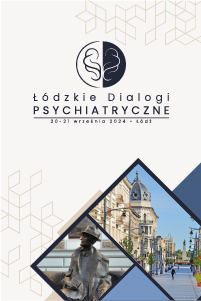Characteristics of emotion regulation among adults with chronic stuttering
Ewa Humeniuk, Zbigniew Tarkowski
 Affiliacja i adres do korespondencji
Affiliacja i adres do korespondencjiThe aim of the study: The aim of the thesis was to determine the characteristics of emotion regulation among adults with chronic stuttering. A hypothesis was proposed that such individuals demonstrate certain characteristic features within the area of emotion regulation distinguishing them from people who speak fluently. Material and methods: The study involved the participation of volunteers. The group consisted of 68 adults with chronic stuttering. The control group (62) consisted of non-stuttering individuals, selected for the research group in reference to gender and age. The Emotion Regulation Questionnaire developed by J. Brzeziński was used to measure the characteristics of emotion regulation. The questionnaire consists of the following scales: situation control scale, emotional arousal scale, emotional and rational motivation scale, emotional resilience scale, expressivity control scale. The obtained profile gives the emotion regulation structure. Results: A different profile of emotion regulation was identified among the stuttering individuals than among the control group. Stuttering individuals show more excitement in emotionally arousing situations, are less emotionally resilient and control their expressiveness to a lower extent. They also demonstrate a greater ability to control emotogenic situations. The model of monitoring one’s own behaviour is similar within these two groups. Conclusions: The characteristics of emotion regulation among adults with chronic stuttering may cause their behaviour to become disorganised to a greater extent under the influence of emotions.















